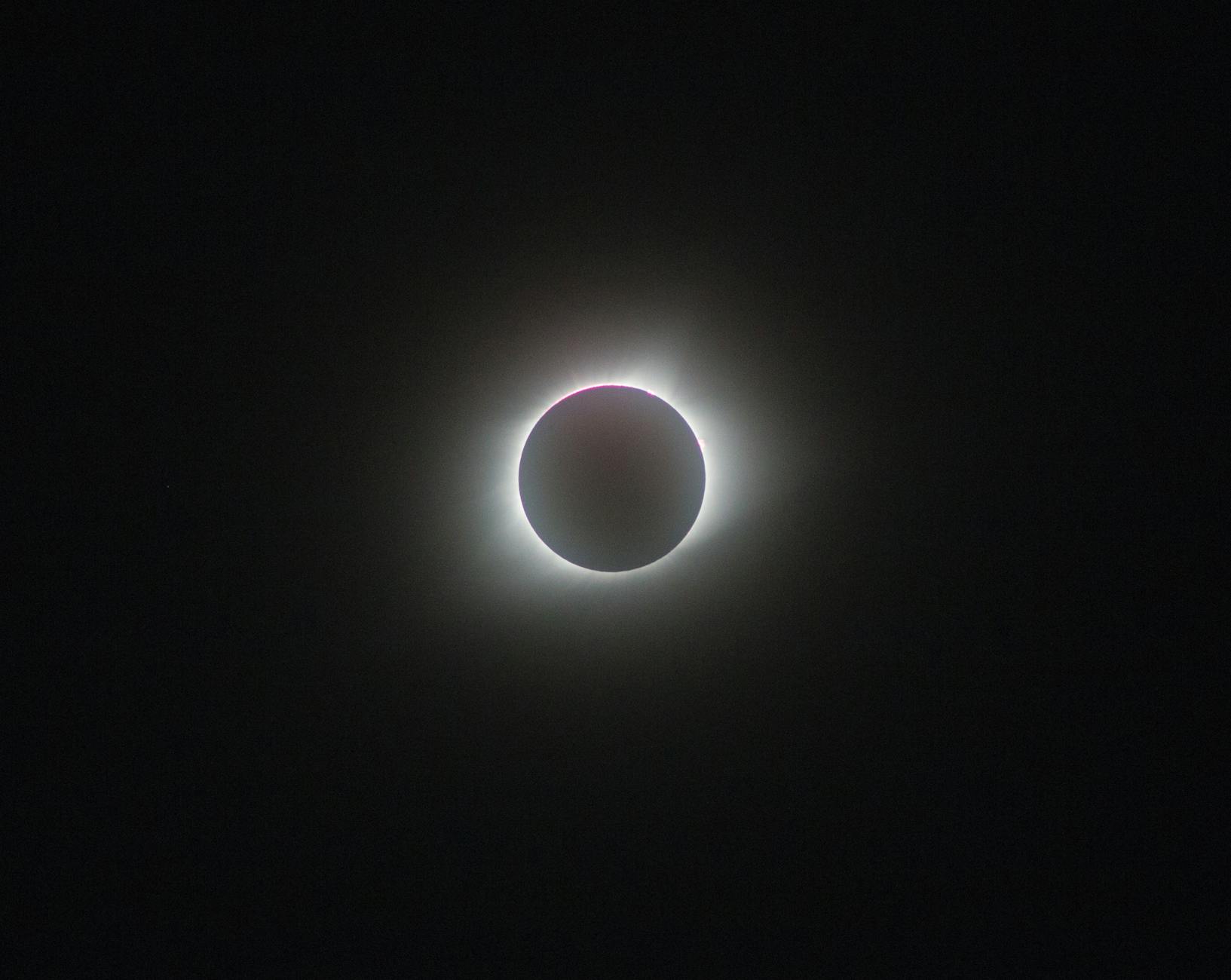China: In China, people thought a dragon was eating away at the Sun during a solar eclipse. They would shoot arrows at the sky and play drums to try to scare the dragon away.
Native America: Suring solar eclipses, some Native American tribes would shoot flaming arrows into the sky in order to reignite the Sun.
Vietnam: In Vietnamese folklore, a frog or toad was thought to be eating the Sun during a solar eclipse.
Bad Omen: Many ancient cultures throughout the world believed that solar eclipses were a bad omen from unhappy gods or apocalyptic prophecies.
Modern Astronomy: Scientists began to predict solar eclipses accurately by the mid-1800’s.
Solar Eclipse Art: Many people didn’t believe in the solar eclipse until artist renderings and photography began to emerge. Until the invention of photography, artists would travel with scientists to capture the solar eclipse through paintings.
Hindu Mythology: In Hindu mythology, the demon Rahu, decapitated by the god Vishnu, swallows the Sun causing an eclipse, only for it to be released through his severed neck. After the eclipse is over, people are directed to take a bath and change into fresh and clean clothes. Sprinkling of Ganga water or taking a dip in the Ganga is also supposed to wash away the evil done by the eclipse.
Transformation and Renewal: Indigenous tribes in the Americas viewed eclipses as a time of reflection and renewal, a pause in the day to contemplate the cosmos and one’s place within it.
Einstein’s Theory of Relativity: The solar eclipse of 1919 served as a crucial experiment for Einstein’s theory of general relativity. Observations of starlight bending around the Sun’s gravity confirmed his groundbreaking theory, changing physics forever.
Scientific Revelations: Solar eclipses provide unique conditions for scientists to study the Sun’s corona, solar flares, and the ionosphere’s reaction to sudden darkening.







